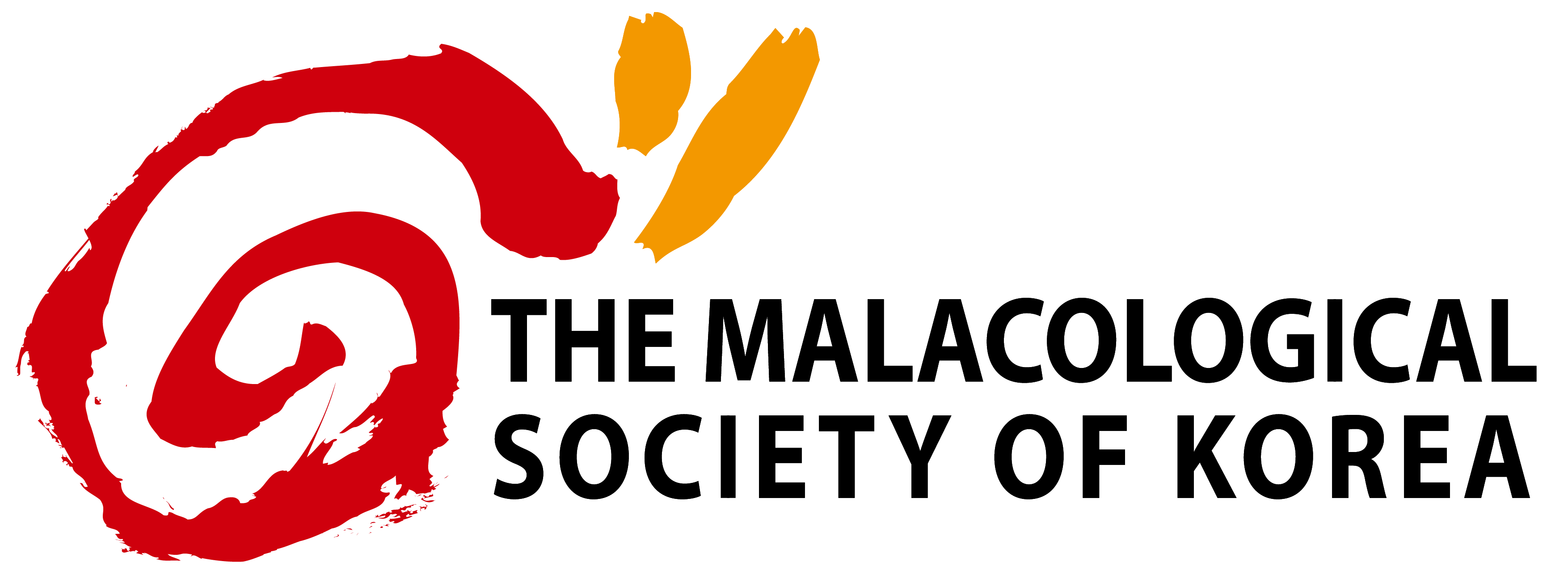open access
메뉴
open access
메뉴 ISSN : 1225-3480
ISSN : 1225-3480
본 연구는 수온 및 먹이생물 농도의 변화가 재첩의 여과율에 미치는 영향을 파악하기 위하여 수행되었다. 실험에 사용된 재첩은 전남 목포시 영산강 금호호에서 채집하였으며, 먹이생물은 Scenedesmus sp.를 실내에서 배양하여 사용하였다. 여과율측정은 Coughlan (1969)의 간접측정법을 사용하였고 먹이생물의 농도는 광학현미경하에서 혈구계산판을 이용하여 직접 계수하였다. 각장 크기별 재첩의 여과율은 모두 수온이 증가할수록 여과율도 증가하였고 약 25 ℃ 부근에서 최대여과율이 나타났으며 25 ℃ 이상에서 대체적으로 급격한 감소를 보였다. 온도계수 Q10 값은 전반적으로 낮은 수온 범위 (5-15 ℃) 에서 높게 나타났으며, 이는 재첩의 여과활동은 낮은 수온 범위에서 더욱 민감하게 반응함을 의미한다. 먹이생물 농도별 재첩의 여과율은 먹이생물 농도 증가에 대해 전형적인 지수함수적 감소현상을 보였다. 낮은 농도 범위에서 농도증가에 대한 여과율 감소현상은 더욱 뚜렷하게 나타났으며 먹이 생물 농도가 일정 범위를 넘어서게 되면 완만하게 감소하거나 거의 일정한 여과율을 나타내었다.
This study was undertaken with the intent to describe the influence of water temperature and food concentration on the filtration rates of the Asiatic clam, Corbicula fluminea. The clams were collected at Lake Geumho near Yeongsan river, during March 2001. Food organism, Scenedesmus sp. (KMCC FC-34), was indoor-cultured in f/2 medium, and was used to measure the filtration rate of the clams. Filtration rate of the clams was measured by indirect method. Cell concentrations of food organisms were determined by direct counting cells using the hemacytometer under the light microscope. The filtration rate of the clams increased with water temperature up to circa <TEX>$25^{\circ}C$</TEX>. Above this temperature, the filtration rate decreased rapidly. The minimal filtration rate of the clams was recorded at <TEX>$5^{\circ}C$</TEX>. Thermal coefficient, <TEX>$Q_10$</TEX> values at low temperature range were much higher than those at high temperature range. These results indicate the asiatic clam is more sensitive in cold water like most of marine bivalves. There was a strong reversed correlation between filtration rate and food concentration. Filtration rate of the clams was reduced as food concentration was increased.
